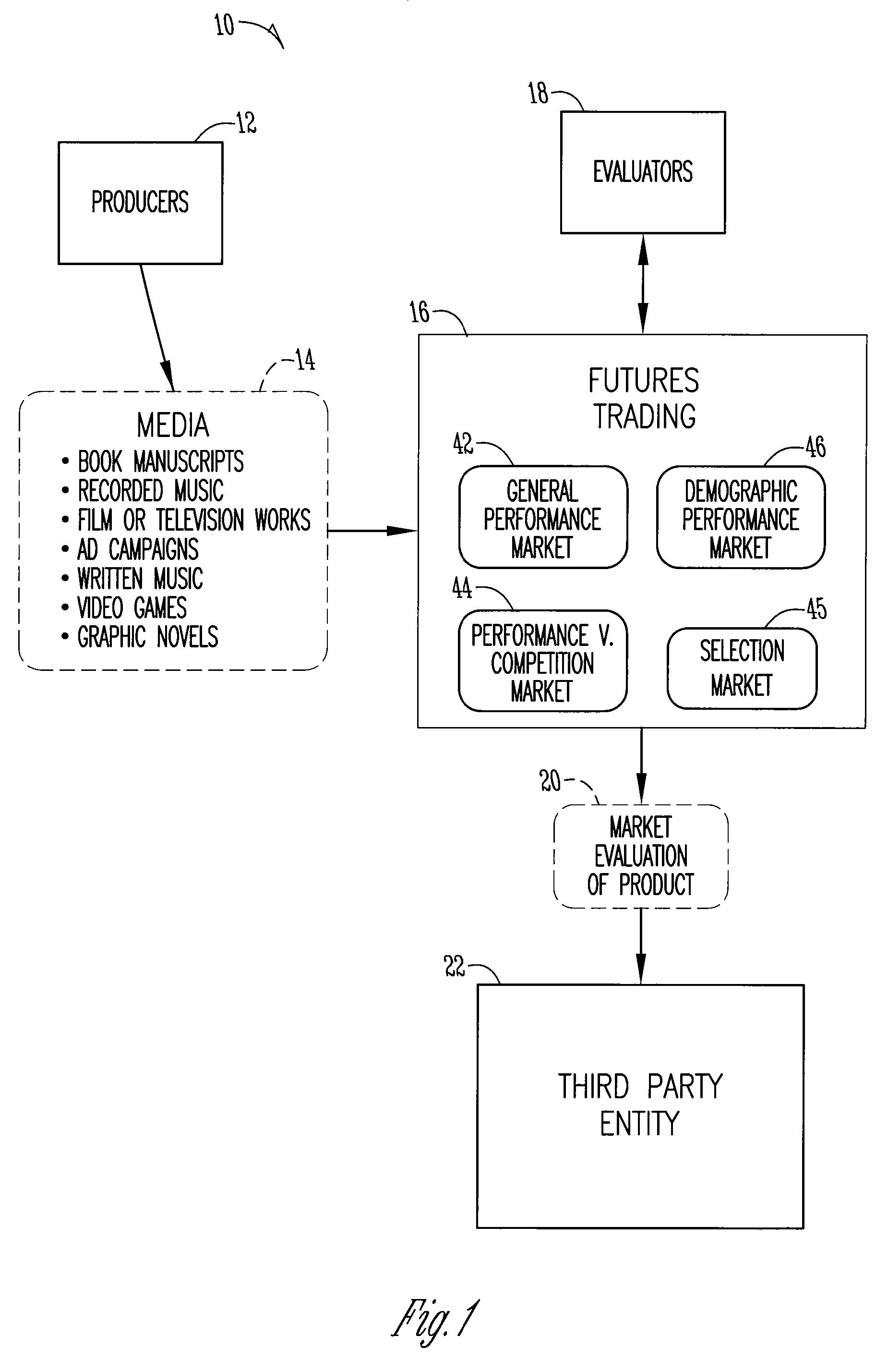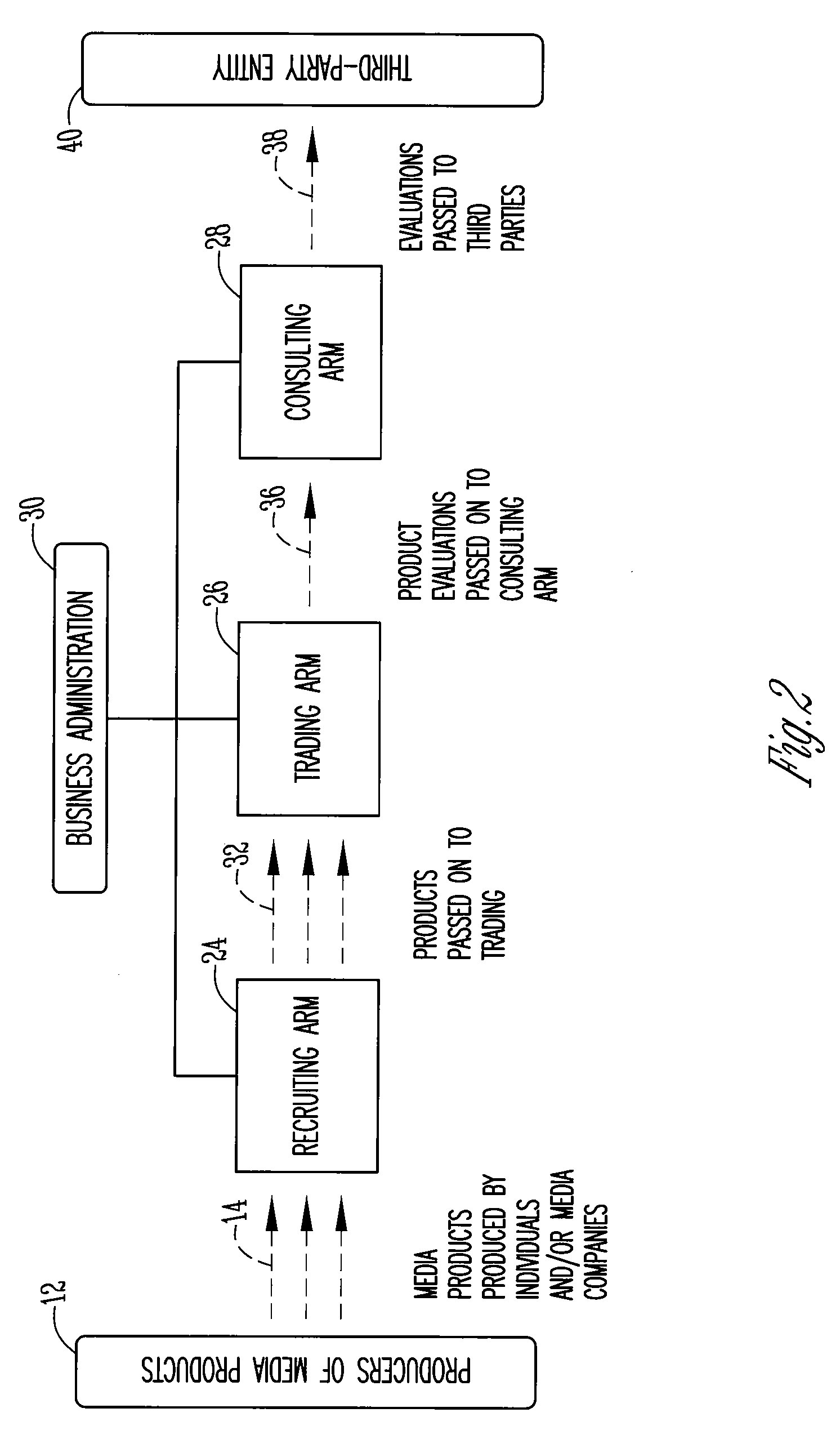But prediction is difficult indeed.
For one, in media there is a natural surplus of products, not all of which can perform well.
In such a situation, clearly, it is inevitable that some media products will outperform others.
Clearly third-parties face a steep challenge: the right prediction enables maximal effectiveness of their investment, the wrong prediction leads to ineffective investment and significant opportunity cost.
Sheer competition alone puts third parties in a difficult position.
Third-parties seeking association with media products have virtually no reliable method for making these all-important predictions—if only because, it seems, no one does.
Every year, media industries produce a number of failures, releasing films, books, television series, and musical recordings that are not embraced by the public.
These two factors—extreme competition, combined with the extreme difficulty of forecasting—raise profound challenges for third-party entities interested in associating themselves with media products, ideally at an early stage of their development.
The problem with this approach, however, is that it is expensive and often unfeasible.
If the film is clearly of a superior quality, then it may attract more companies interested in doing a similar joint venture, thereby creating competition, and raising the cost of third-party association.
Also, many types of joint venture simply are not possible under such a model: for example, a manufacturer wishing to create products associated with the film, such as toys or musical CDs, will need significant prior notice to produce these products.
Waiting until the last minute is simply not an option.
Unfortunately, though, third-parties merely inherit the
weakness of the prior art.
One problem, in any media industry, is that limited numbers of talent-selectors evaluate products—often only a handful of people.
Media companies often face internal pressures—pressures to recommend certain products, say, out of allegiance to fellow workers, or to a particular artist or type of artistic work.
For these reasons and many more, media companies cannot act as a guide to third-parties seeking to forecast media performance.
Unfortunately these methods of market research have not proven effective.
Famously, test audiences did not respond well to E. T., the second highest grossing film of all time.
In television, all-time hits such as Seinfeld and Thirtysomething were not received well by test audiences.
For profound structural reasons, test audiences remain perennially controversial in both film and television.
The problem is that run-of-the-mill audiences are not professional filmmakers—and many in the industry doubt that their recommendations actually improve the film in question.
(Moreover, since a film has one chance at release, one can never verify the question of whether revisions inspired by test audiences actually improve sales.)
Television inherits these problems as well, and they are compounded by the fact that television networks often run test audiences on several potential pilots a year.
One must additionally note that these forms of research are expensive—and many sectors of the music and publishing industry simply lack the resources to engage in this kind of market research at all.
Thus third-parties again inherit the weaknesses of the prior art.
As noted, advertisers and other third-parties always have the option of waiting until very late in the production process, often until just before the media product is about to be released—but this proves to be an expensive and often unfeasible approach.
Advertisers also have the option of trying to run market research to obtain an early indication of how a candidate media product will perform, but these methods produce mixed results at best.
Thus investments often go bad, and opportunities are often missed.
In particular, no prediction market has ever sought to identify high-potential media products at an early stage in the development process, and then to apply this identification to advertising or other third-party association investment decisions.
But we quickly see that these markets, whatever their purpose, do nothing to directly aid third parties in making sound investment decisions, and as early as possible.
Still, one immediately observes, HSX.com can only address films on the eve of their release, well after important third-party association decisions, such as decisions regarding advertising, licensing, or product placement, have already been made.
Other prediction market web-sites touch on entertainment-related themes as well, but, like HSX.com, they do not aid in early selection and prediction.
Identifying high-potential products at this early stage would enable advertisers to make sound and comparatively inexpensive investments, but this use of markets has never been attempted in the prior art.
 Login to View More
Login to View More  Login to View More
Login to View More 


